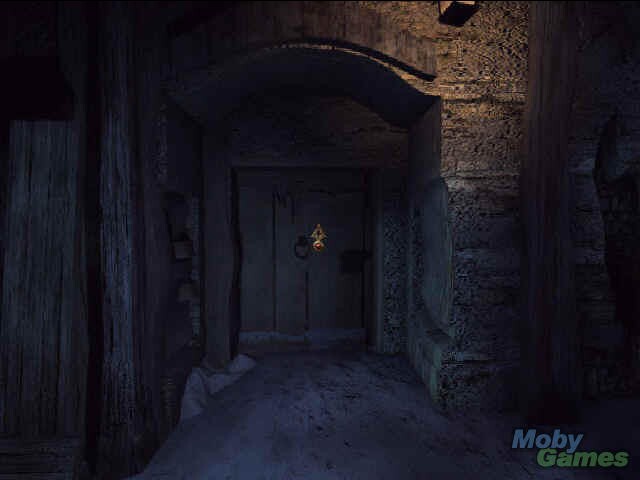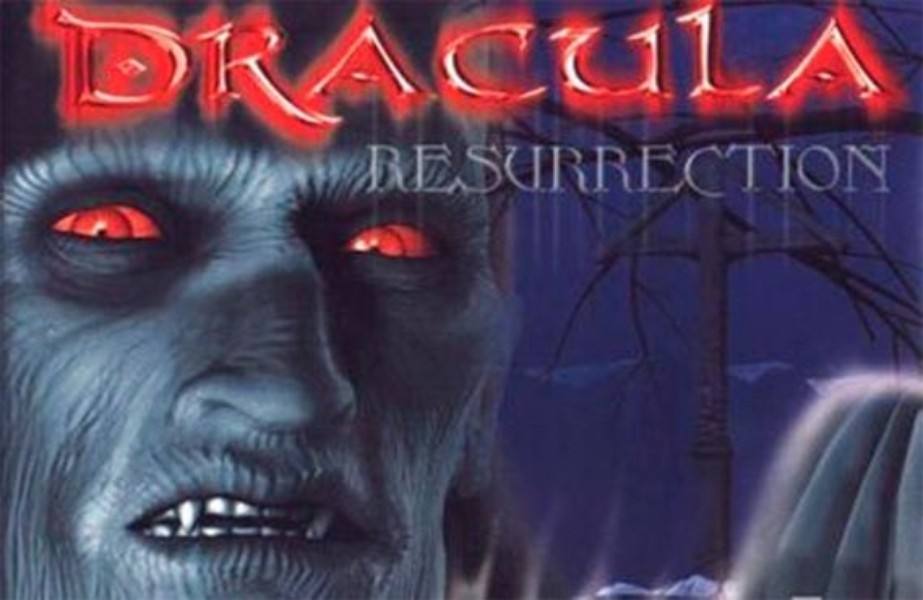


One of the immediate problems is that everyone has such hellishly rubbery faces, as though they were all wearing masks, and the animation sometimes dips from “puppet-like” into “outright terrible.” For example: at one point where the innkeeper lowers her head, and I’m 75% sure her 3D chin accidentally folds in on itself in a horrible, 3D graphical accident, and they kept the distortion on camera! One other relatively common fault you’ll see in the game’s models are extremely puckered lips. That would be fine if it weren’t for the problems that turn this exaggerated style into an Uncanny Valley death plunge. The models evoke memories of more… shall we say… “definitely deliberate” efforts out there, like contemporary puppet-acted adventure game, The Dark Eye. Even their puppet-like movements and stiff walk cycles might be deliberate, though I suspect the walk cycles were more of a tech limitation. The models are deliberately exaggerated to begin with, let’s get that out of the way.

Let’s start with some of the smaller problems. She’s not the worst of the game’s human models – that would be the old man in the corner, wait until you see him – but she will demonstrate a major problem all the same. The innkeep walks up and speaks to you, apologizing for her guests. In fact, they do a lot of the heavy lifting for the game’s atmosphere! But these people… yeugh.
#WALKTHROUGH FOR DRACULA RESURRECTION PC FULL#
That minor tension spike over and done with, it’s time to face the full horror… of this game’s 3D human models! For what it’s worth, the game’s environments are fine. They shove past you and are out of your life. The other man, probably named “Goran” based the credits, pulls a knife, making you worry he’ll attack… but he was just aggressively gathering his things. Personally, I’m of the mind that the thin, tall man is “Viorel,” and he takes notice of you and gestures to his companion. These two actually have names, but it’s kind of hard to say which is which. There are four people in the inn: an older gentleman, the innkeeper, and two of Dracula’s thugs from the scene seven years back. While you’re perfectly welcome to wander off in any direction you want at the start of the game (and an efficient walkthrough will probably tell you to, though I don’t recommend it for first-timers), most players are probably going to want to beeline to the inn. Dracula 2 is the same, though it swaps from a fixed 4:3 resolution to automatically stretching to match your current screen resolution, for better or for worse. That means no subtitles, no screen resolution settings, no inverted camera controls, nothing. Unfortunately, Dracula: Resurrection doesn’t have any preferences menu even on PC.

By and large the interface holds up today, except in a certain element we’ll discuss down the page, and the unique control feel carried over to later games in the series, despite them using proper, real-time 3D environments. The art is still pre-rendered, but it’s a bit more immersive than your average Myst clone from the era. index+ debuted this engine for an edutainment game they created a few years earlier, offering an interactive tour of the Louvre. Their major divergence from their source material is that, instead of using pre-rendered still images to help you look around each “node” on the map, they use spherical, panoramic views instead, a bit like Google Maps today (even the save and load rooms are in spherical panoramas!). The first two Dracula games are fairly standard Myst-clones.


 0 kommentar(er)
0 kommentar(er)
